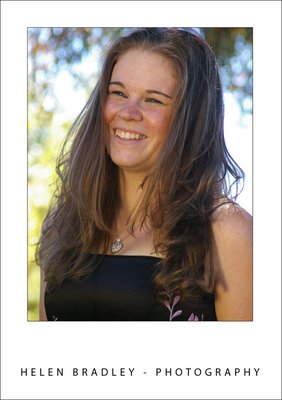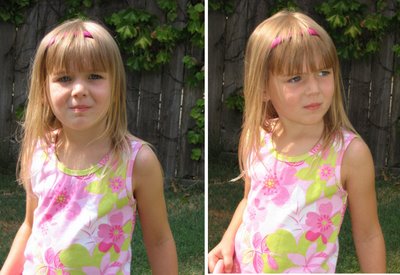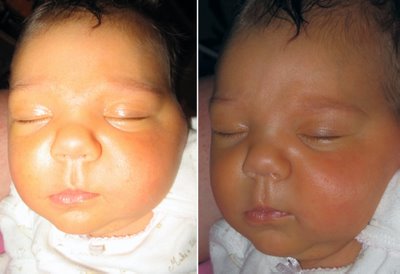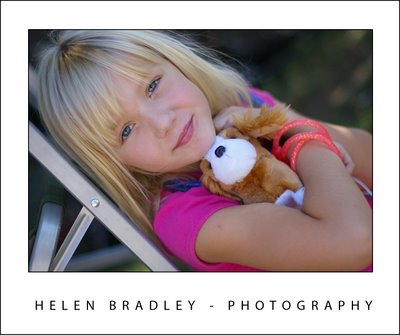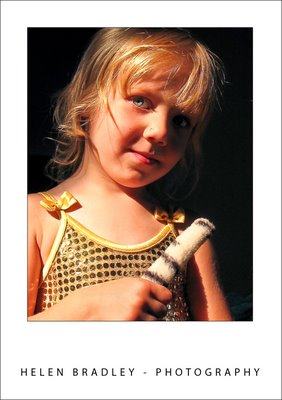 Here are some tips for capturing great indoor photographs anytime:
Here are some tips for capturing great indoor photographs anytime:
Day time indoors
When photographing indoors during the day and when there is some light available, use it to light your subject.
Open the blinds or curtains on the side of the house which has the most light and put your subject where they will be lit by what sun or light there is available.
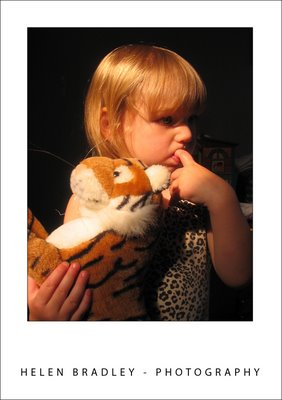
Use the light you have – here a skylight has provided all that was needed for a great daytime indoor photo.
Always check the background for the shot – cleaning up messy backgrounds is a task you can avoid by not capturing them in the first place.
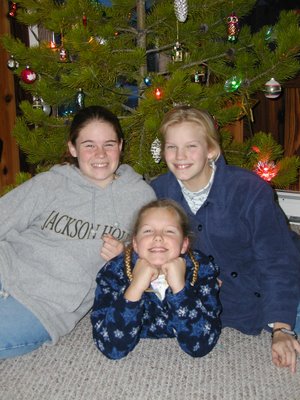
Here the photographer, my friend Brenda, composed the photo in the camera’s viewfinder and used the Christmas tree as an alternative to a more distracting background.
Night time indoors
At night indoors, you need to use what light you have available. You may have already have discovered that your camera’s flash doesn’t always flatter your subject. If you can, use overhead lights and strategically placed lamps to light the scene and give it some warmth.
Place desk lamps and other directional lights outside the camera range and use a table lamp to give the scene a visible light source and to provide a warm glow to the subject’s skin.
You can also use candle light to produce a warm glow in your photos – just take care when you use them.
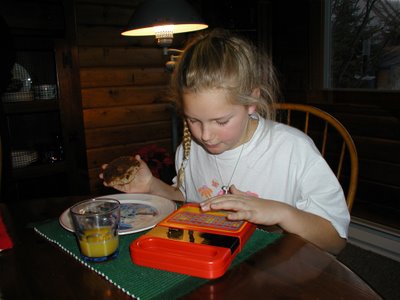
Another shot from my friend Brenda, here the lamplight adds a friendly glow to this image making it look warm and comfortable even though there’s snow outside.
Camera settings
When you shoot in low light you may find your point and shoot camera keeps the shutter open for a longer than the usual period of time to capture the scene. Often this is too long for you to hold the camera still.
Place the camera on a tripod to steady this, this helps you take longer exposure images and reduces the chance of the camera moving. If you don’t have a tripod, place the camera on table or bookshelf to steady it.
When you are taking images using a longer exposure, ensure that the person being photographed understands this so they stay still long enough for you to capture the shot.
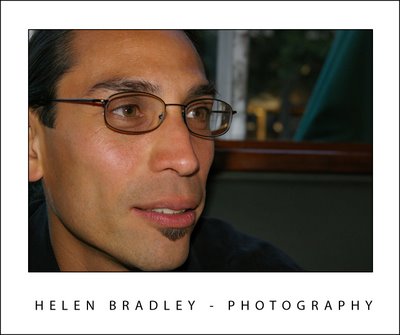
Flash light isn’t a bad light all the time – here it compliments this subject and produces a great night time portrait.


